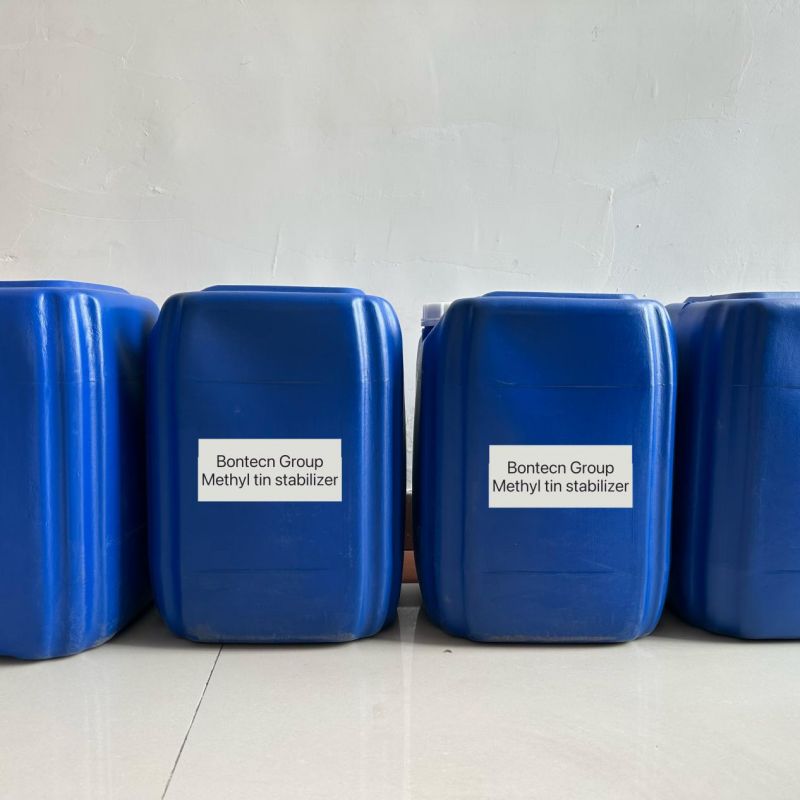1) Absorb and neutralize HCL, inhibit its auto catalytic effect. This type of stabilizer includes lead salts, organic acid metal soaps, organotin compounds, epoxy compounds, inorganic salts, and metal thiol salts. They can react with HCL and inhibit the reaction of PVC to remove HCL.
2) Replacing unstable chlorine atoms in PVC molecules inhibits HCL removal. If the organic tin stabilizer coordinates with the unstable chlorine atoms of PVC molecules, the organic tin will be substituted with the unstable chlorine atoms in the coordination body.
3) The addition reaction with the polyene structure disrupts the formation of the large conjugated system and reduces coloring. Unsaturated acid salts or esters contain double bonds, which undergo a diene addition reaction with PVC molecules by conjugating double bonds, thereby disrupting their conjugated structure and inhibiting color change.
4) Capturing free radicals and preventing oxidation reactions, this thermal stabilizer can have one or several effects.
The ideal PVC heat stabilizer should be a multifunctional substance or a mixture of materials that can achieve the following functions: firstly, replace active and unstable substituents; The second is to absorb and neutralize the HCL released during PVC processing, eliminating the automatic catalytic degradation effect of HCL; The third is to neutralize or passivate metal ions and other harmful impurities that play a catalytic role in degradation; Fourthly, various forms of chemical reactions can block the continued growth of unsaturated bonds and inhibit degradation coloring; Fifth, it has a protective and shielding effect on ultraviolet light. Usually, heat stabilizers are used in combination based on their specific efficacy, and their individual use is rare. Moreover, most varieties are in powder form, with some being highly toxic chemicals. In order to facilitate use, prevent dust poisoning, reduce toxic substances or replace them with non-toxic substances, many types of composite stabilizers have been developed both domestically and internationally in recent years. For example, the German Bear brand composite stabilizer series, as well as organic tin or composite organic tin stabilizers from countries such as the United States, Germany, Japan, and the Netherlands, all have a considerable market share in China. Therefore, it is an urgent need for the development of China’s plastic industry to fully promote the application of new composite stabilizers that are efficient, low-cost, dust-free, non-toxic or low toxicity.
Post time: Dec-06-2023





